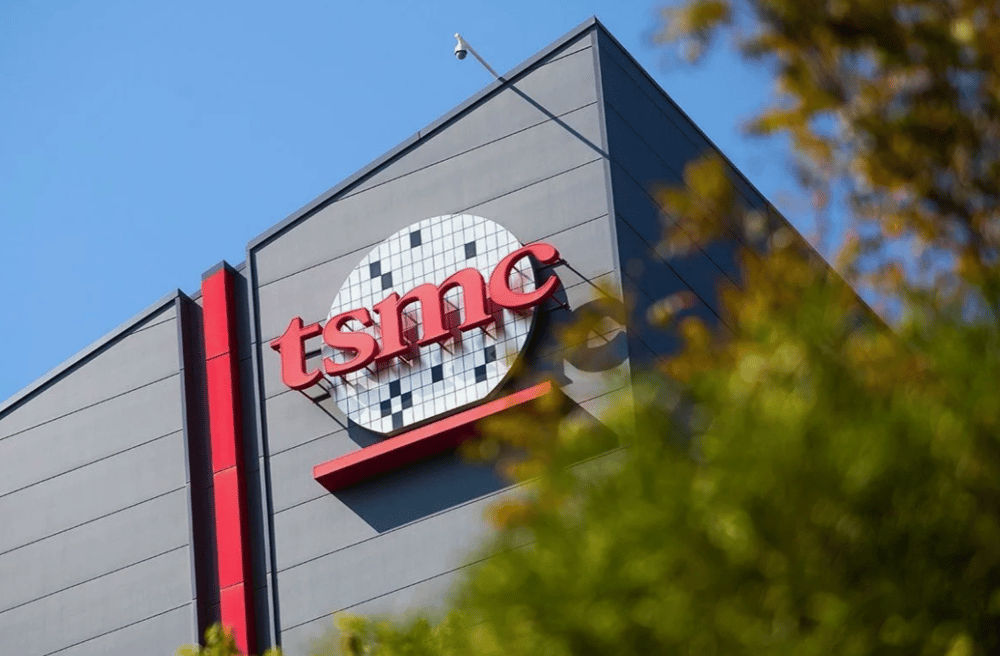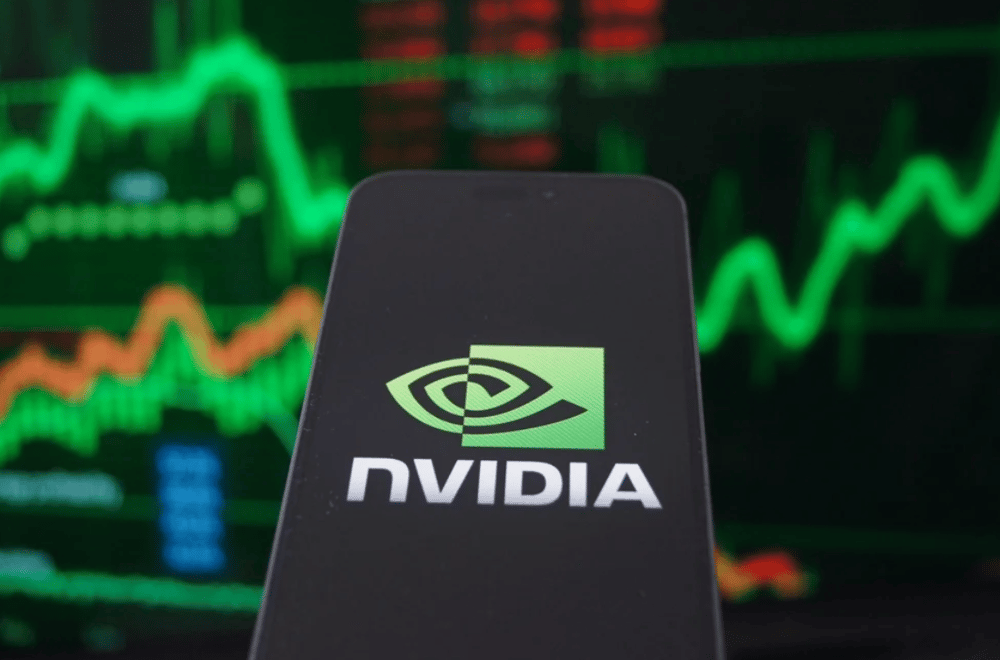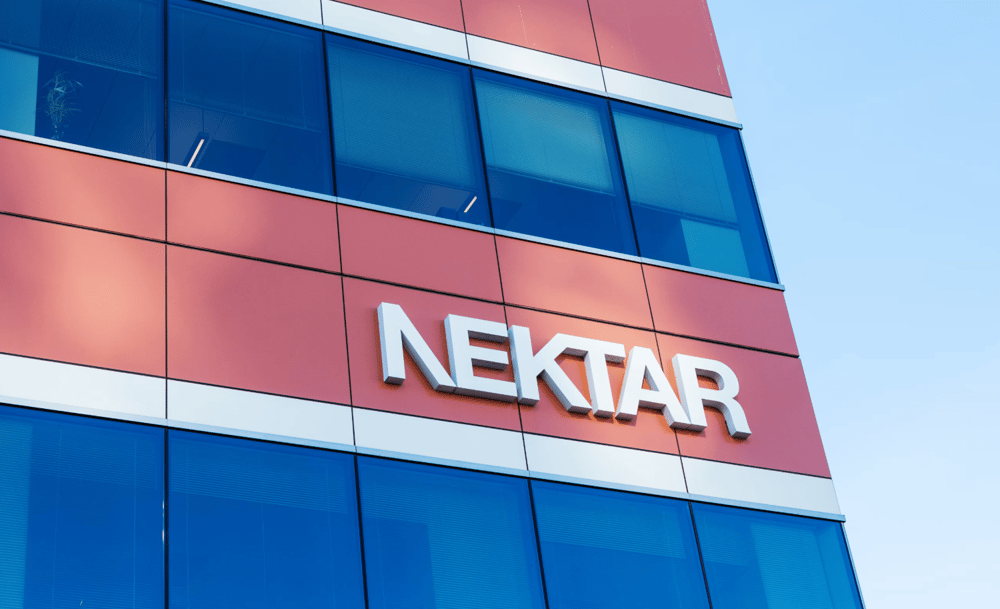Nvidia Unveils New Low-Cost AI Chips for China Amid Trade Restrictions
In response to intensified U.S. export restrictions and growing Chinese demand for artificial intelligence (AI) infrastructure, Nvidia Corporation $NVDA is preparing to launch a new line of AI chips tailored specifically for the Chinese market. These chips will be significantly cheaper than the recently curtailed H20 models and mark a strategic pivot for the GPU giant as it seeks to maintain relevance in one of the world’s largest technology markets.
Market Dynamics and Strategic Implications
According to sources close to the matter, the new Blackwell-architecture AI GPU is expected to be priced between $6,500 and $8,000, a notable reduction from the H20 chip, which was priced in the $10,000 to $12,000 range. The chip will not include Taiwan Semiconductor Manufacturing Co's $2330.TW CoWoS (Chip-on-Wafer-on-Substrate) packaging technology, which is critical for high-end AI training but falls under recent export control scrutiny.
By omitting advanced packaging features and reducing computational performance just enough to comply with U.S. export guidelines, Nvidia is effectively offering a "de-featured" Blackwell GPU, still valuable for large-scale inference workloads and data processing tasks prevalent in Chinese enterprises and cloud service providers.

Key Facts
Launch Timeline: Mass production scheduled to begin in June 2025
Price Point: $6,500–$8,000, undercutting the restricted H20’s $10,000–$12,000 range
Technology Shift: Excludes TSMC’s CoWoS advanced packaging
Architecture: Based on Nvidia’s latest Blackwell AI platform
Target Market: Chinese tech firms and cloud infrastructure providers
Extended Analysis: Market Response and Strategic Outlook
The release is a direct reaction to the October 2023 U.S. export restrictions targeting advanced AI chips. These rules effectively banned the export of top-tier Nvidia products like the A100, H100, and most recently the H20 to China. This forced Nvidia to re-engineer its product line to remain commercially viable in Asia’s largest economy without violating U.S. national security directives.
By launching a cost-optimized chip variant, Nvidia aims to preserve market share in China while maintaining compliance with export restrictions. At the same time, the exclusion of CoWoS may limit the chip’s performance ceiling, positioning it more for AI inference and edge applications, rather than cutting-edge training models like GPT-4 or Gemini.
Industry analysts view this as a strategic compromise: the new chips are expected to appeal to enterprise customers looking to scale AI services at lower costs without full access to premium-level hardware.

Key Takeaways
Regulatory Compliance: Nvidia’s chip avoids U.S. restrictions by removing high-bandwidth packaging features.
Cost Strategy: Lower pricing may enable broader deployment in China’s growing AI ecosystem.
Performance Trade-off: Reduced capabilities position the chip below training-grade but still strong in inference scenarios.
Supply Chain Diversification: Nvidia continues to shift away from dependence on restricted TSMC technologies.
Market Retention: The strategy signals Nvidia’s intent to retain long-term presence in China’s lucrative AI infrastructure market.
Implications for Global AI Supply Chains
Nvidia’s decision to produce a compliant, cost-effective AI GPU for China underscores the complex interplay of geopolitics, supply chain strategy, and market demand in the global semiconductor industry. While performance compromises are inherent, the move reflects a pragmatic approach to maintaining business continuity and relevance in the face of rising technological bifurcation between the U.S. and China.
As AI adoption accelerates globally, Nvidia’s ability to balance technological innovation with geopolitical sensitivity will be critical to its long-term success in international markets. The new Blackwell-based chips, though stripped of certain premium features, may still serve as a vital tool in sustaining AI momentum in a restricted yet eager Chinese tech ecosystem.















Comments